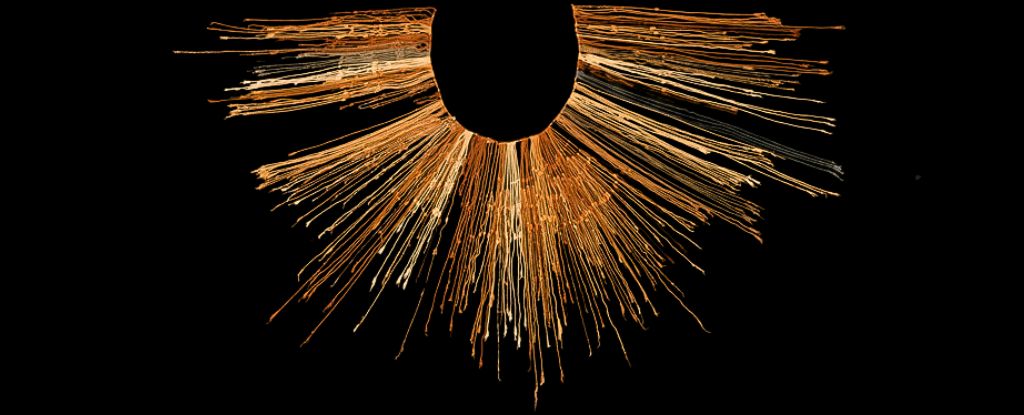
Recent research has uncovered significant new evidence indicating that commoners in the ancient Inca Empire actively participated in the creation of khipus, a sophisticated system of record-keeping. Traditionally, it was believed that only elite officials were capable of making these intricate knotted cords, which served to document economic, religious, and demographic information. However, findings from a team led by Sabine Hyland, a Professor of Social Anthropology at the University of St Andrews, suggest a broader literacy in khipus than previously understood.
The khipu, a unique method of information storage, was employed by the Inca Empire from approximately 1400 to 1532. For years, scholars relied heavily on accounts from colonial Spanish chroniclers, who described khipu makers, or khipu kamayuq, as high-ranking bureaucrats enjoying privileges such as fine food and drink. The term “khipu kamayuq” stems from the verb “kamay,” meaning to energize or create, reflecting the idea that these experts infused the cords with their essence.
In an intriguing turn, Hyland’s team discovered that khipus sometimes included the hair of their makers, serving as a form of signature. This practice aligns with the Inca belief that human hair held a person’s identity and essence, making it a meaningful addition to the khipu. In the highland village of Jucul, Peru, where over 90 ancestral khipus are preserved, the researchers found instances where hair attached to the primary cord represented the individuals responsible for each section of the khipu.
The research team identified a specific khipu, designated KH0631, which featured a primary cord composed entirely of human hair from a single individual. This khipu, previously unexamined for hair presence, provides a unique opportunity to understand the identity of its creator. Analysis of the hair revealed significant insights into the diet and social status of the khipu maker.
Utilizing a combination of carbon, nitrogen, and sulphur isotope analysis, the researchers found that the individual associated with KH0631 likely had a low-status diet, primarily consisting of tubers and greens with minimal meat or maize. This contrasts sharply with the diet of elite individuals, who were known to consume more meat and maize-based dishes. The isotopes indicated that the creator of KH0631 probably lived in the highlands of southern Peru or northern Chile, at an elevation between 2,600 and 2,800 meters above sea level.
The implications of these findings extend beyond dietary preferences; they challenge long-held notions about khipu literacy and authorship in the Inca Empire. While prior studies suggested that only elite officials were capable of creating these records, the new evidence indicates that khipu making was likely more inclusive, allowing commoners to document their own histories and responsibilities.
Hyland’s research also highlights the use of personal objects in khipus as a means of asserting authority. For instance, a khipu from the community of Collata included strips of a leader’s insignia scarf tied to the primary cord, symbolizing the author’s authority over the information contained within. Additionally, when khipus documented data from multiple individuals, different colors of pendants or hair from several people were used to signify each contributor.
This groundbreaking work represents the first instance of isotopic analysis being applied to khipu fibers, opening new avenues for understanding the social dynamics of the Inca Empire. As Hyland states, “Although other researchers have argued that only elite officials made khipus in the Inca empire, our new evidence suggests that commoners made khipus too – and that khipu literacy may have been more widespread than previously believed.”
The findings underscore the complexity of Inca society and its record-keeping practices, revealing that the ancient civilization’s literacy was not confined to a select few but extended to a broader segment of the population. As researchers continue to explore the significance of khipus, the narrative of Inca history becomes richer and more nuanced, reflecting the diverse voices and experiences of its people.






